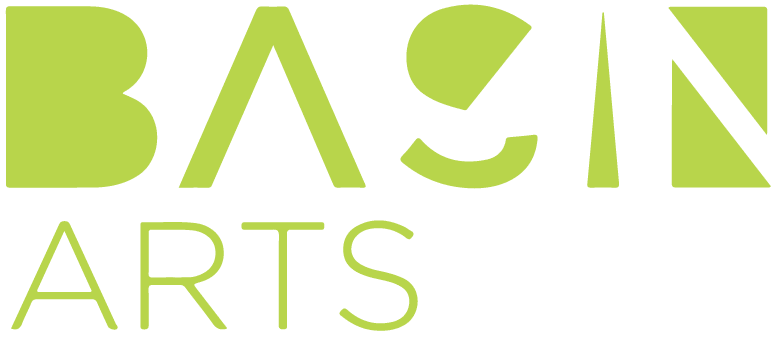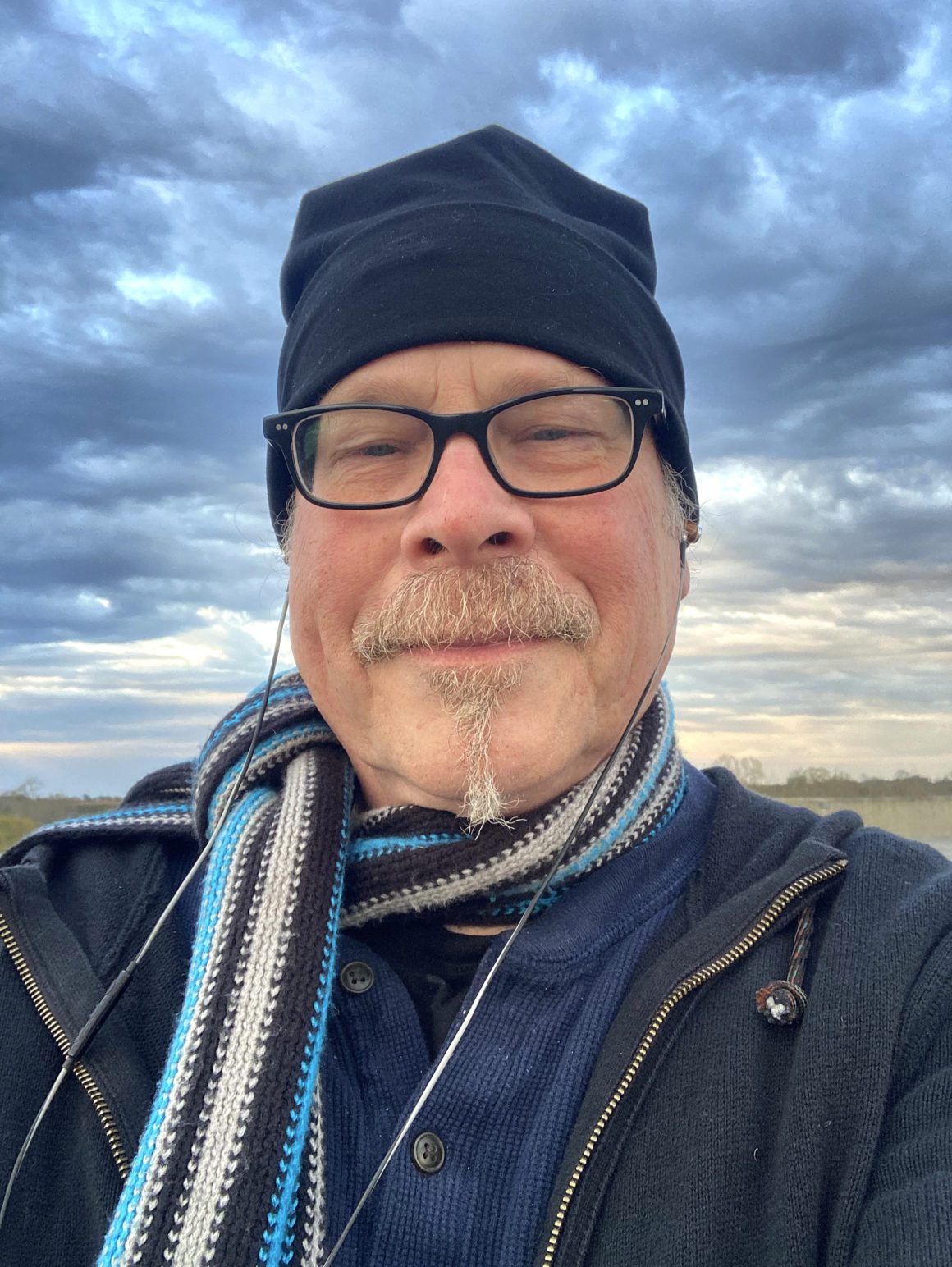Introducing Steve Breaux
Steve Breaux, BFA, MFA, Florida State University, is retired (2020) Professor of Visual Arts at
the University of Louisiana at Lafayette where he taught Art and the Computer, Conceptual and
Formal Development, Advanced Drawing, and 2d. Design. For 25 years he has worked both as a solo artist and in collaboration with his wife and partner, Kathy Reed, in a variety of media
including process art, printmaking, painting on silk, computer animation/video, photography, and painting often in combination. He has researched the nature of the art process as it relates to differences between painting and digital (algorithmic) artwork for over 25 years. In 2011, his research led to the ideas and concepts in quantum physics, David Bohm in particular, which helped to shift his private research into a more public arena that included lectures and
presentations.
In 2015 Steve was invited to present his published abstract Waking Space: The Emerging Art
Object, Quantum Theory, and Algorithmic Art at the Science of Consciousness Conference in
Helsinki, Finland. His work has been accepted regionally, nationally and internationally for
inclusion in galleries, museums, catalogues and exhibitions.
- https://stevebreaux-kathyreed.com/section/188730.html
- https://stevebreaux-kathyreed.com/section/258261-COLLABORATIVE-WORK.html
Artist Statement
My work is focused in three major areas. First, I am interested in the
transitional space between the idea (nonphysical) and its materialization
(physical). Where does one end and the other begin? What is the “nature” of
the transitional area? What are paintings? Can they be reduced to gesso,
wood, canvas, and paint? How much of a painting is not material such as
ideas, concepts, and personal expression? What is the relationship between
perception and matter to the process of artistic creation? These questions
have led me to relate the art process to certain experiments and concepts
within theoretical quantum physics through my writing and artistic
experimentation that conclude with works of art.
My ideas and work offer a unique view of the artistic process and the role of
the artist that consider a model of the art object, a painting for example, that
aligns with certain concepts of quantum theory. One goal is to encourage
dialogue between the artist and the quantum physicist. More than that my
work offers a view of an arena, a space that I refer to as “Waking Space”
that is a psychological interactive space which the artist, through
consciousness, adds to and enhances the work of art.
The second area of my focus is to investigate the nature of drawing and
painting as they relate to the computer and to digital processes. Combining
tactile drawing and painting within a digital context I “humanize” the
sometimes-robotic look of digital imagery. A hand-drawn mark has the
potential to carry unique, individualized information. I am interested in the
ability (or inability) of technology to translate these unique properties,
through scanners, printers and software, into the final image. My work
explores ideas and processes that pursue these issues through image making
and writing.
The third direction involves connecting physically, conceptually, and
ritualistically with my current location, history and cultural heritage through
natural and urban landscapes. My most recent work has been to combine all
three directions of which a portion of this work is in collaboration with the
artist Kathy Reed.
Who makes up your art circle?
I would describe my art circle as a series of concentric circles with the closest
being my collaborator/conspirator Kathy Reed. Just outside that circle are my
closest colleagues at UL – some alive and some not – along with several local
and regional artists and many former students, many musicians, and writers,
art community professionals and leaders. Then the circle expands to several
close grad school cohorts and professors, all the way to the hundreds of artists
I admire and look up to within the annals of the history of art.
How do you expand your art circle?
I expand my circle by always being open to another artist’s work and dialogue.
I have always thought of myself as a student, as someone who is always
learning and that keeps me open to the possibilities of expansion.
What value do you see in having a creative community?
For me, if one wants to truly understand the quality of the artists’ community
in which one is involved one must look at how the individual artist is
appreciated. Especially look at how the individual eccentric artist is dealt
with, particularly one who shuns the group, the community. They may be
totally focused upon individual artistic discoveries. They have difficulty with
grants because they may not want to involve themselves with community
outreach or the community involvement stipulations that most grants now
require. Perhaps the emphasis that grants place on “entrepreneurship” is
unimportant to an individual artist who places a higher value upon a deeper
exploration into self. To me the question in these cases is how much value
does a creative community place on the individual artist who is pursuing
personal, individual achievements that expand the nature of art?
How does your artistic approach contribute to your community?
As a teacher for almost 25 years, as a participant in every aspect and at
multiple levels within the artistic institutions and communities in Lafayette,
as a writer about art for local papers, and as a musician (off and on since the
1970’s)- none of these are as great a contribution to my community than to get
up every morning, walk into my studio and have a strange, mysterious
encounter with a painting. Every artist contributes this way in some form,
don’t you think?
Our weekly Art Circle series profiles artists throughout the community and is sponsored in part by Lafayette Visitor Enterprise Fund managed by Lafayette Travel




